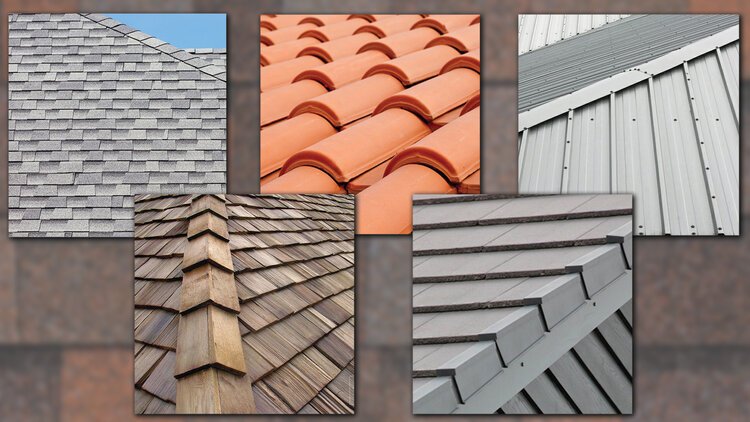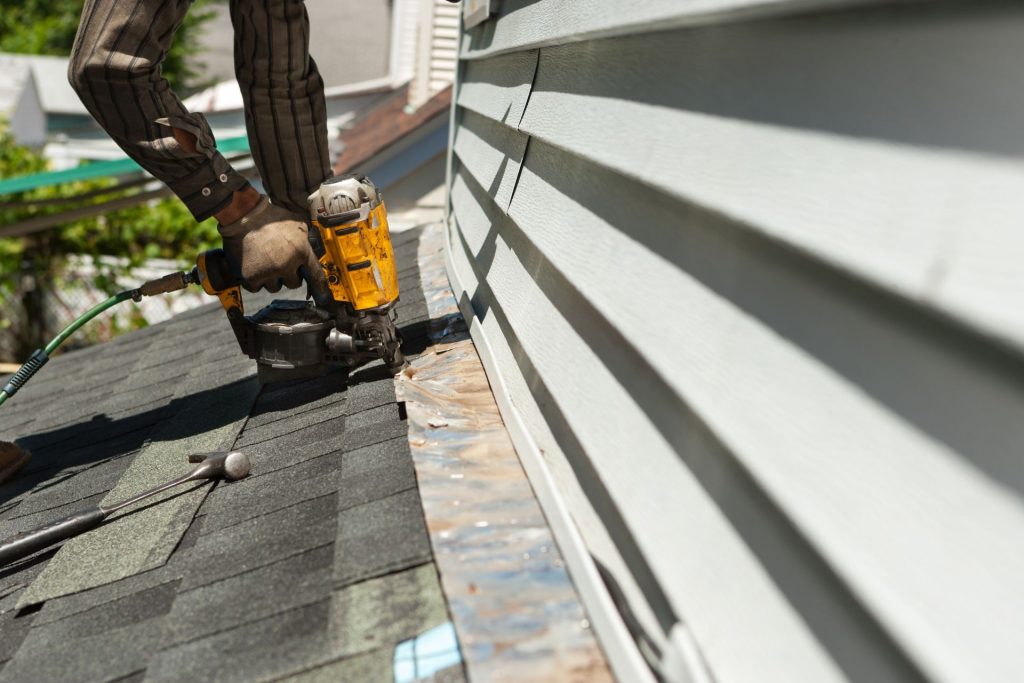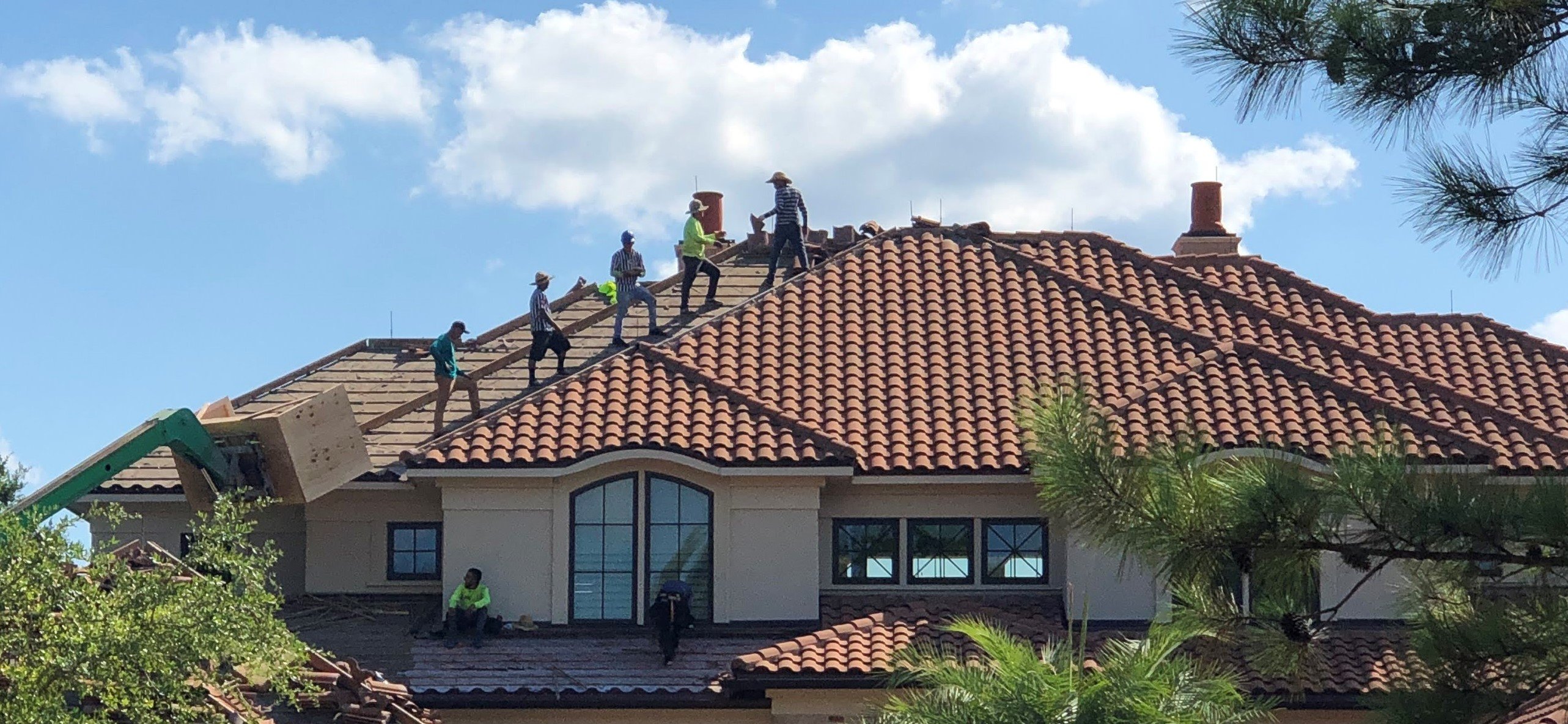Ultimate Checklist for Reviewing the Problem of Your Roof and Identifying Potential Problems
By complying with a comprehensive list customized to evaluate the different elements of your roof, you can gain important insights right into its current state and preempt any type of impending problems. This aggressive strategy not just guarantees the durability of your roof covering yet also contributes to keeping the structural integrity of your home.

Roofing Evaluation Tools
These tools aid in spotting possible issues, assessing the general problem of the roofing, and figuring out the essential maintenance or repairs needed. One of the key tools used in roofing system evaluations is a moisture meter, which aids determine areas of trapped wetness within the roofing system layers that might indicate leaks or water damages.

In addition, an electronic video camera or smartphone is vital for documenting the examination process, recording pictures of any damages or areas of problem for further analysis. Various other tools such as field glasses, roof covering probes, and safety and security tools like harnesses and ladders are essential for a detailed and secure roof inspection. By utilizing these devices efficiently, examiners can conduct comprehensive evaluations, identify concerns without delay, and suggest appropriate options to keep the roof's integrity.
Outside Roofing Examination
To extensively examine the problem of a roofing system, an outside roof evaluation is crucial to evaluate the surface area for signs of wear, damages, or potential problems. Throughout an outside roofing evaluation, it is essential to start by examining the tiles or roofing material.

Evaluate the general tidiness of the roof, as debris buildup can keep dampness and accelerate roofing deterioration. By performing a complete exterior roof covering analysis, home owners can recognize and deal with potential issues before they rise into costly repair services.
Inside Ceiling Analysis
Upon going into the indoor room, a comprehensive analysis of the ceiling is critical to determine any indications of water damages, leaks, or structural problems. Begin by aesthetically examining the ceiling for any type of discoloration, drooping, or peeling paint, as these can suggest water seepage from the roofing. Search for water discolorations or mold growth, which are clear indications of a leak. Pay very close attention to any areas where the ceiling meets the walls or where light components are set up, as these prevail areas for water invasion. Furthermore, look for any signs of sagging or unevenness in the ceiling, which might suggest architectural issues that need immediate interest. Make use of a flashlight to examine hard-to-reach edges and holes completely. Any mildewy smells or dampness in the air should likewise elevate problems regarding potential roof issues. Making the effort to evaluate the interior ceiling can assist spot roof issues early and protect against further damages to the home.
Attic Exam
An extensive examination of the attic is important in assessing the total problem and efficiency of the roof system. The attic functions as a critical element of the roofing system, providing understandings into prospective issues that might not be visible from the outside or inside find here of your home. Throughout the attic assessment, it is essential to look for indications of water damage, such as water spots, mold development, or deteriorating wood, which could show a leakage in the roof covering. Furthermore, evaluate the insulation for any type of indications of wear and tear or compression, as appropriate insulation is important for preserving energy efficiency and preventing ice dams. Search for adequate ventilation to guarantee that excess warmth and dampness are being effectively aerated out of the attic to stop moisture-related problems. Analyze the attic framework for any kind of indicators of sagging or damage, as these concerns might endanger the integrity of the whole roofing system. Frequently assessing the attic room can help determine prospective roofing issues at an early stage, enabling prompt repairs and maintenance to lengthen the straight from the source lifespan of the roofing.
Resolving Typical Roofing Troubles
One of the most constant concerns home owners encounter is a dripping roofing, frequently triggered by harmed or missing out on roof shingles, improper installment, or tatty flashing. One more typical trouble is roof air flow concerns, which can lead to excess warmth and wetness build-up in the attic, causing early deterioration of the roofing materials. Additionally, the accumulation of particles such as fallen leaves, branches, or snow on the roof can obstruct drain systems and lead to water merging, which may eventually trigger roofing system leaks or structural damages.
Final Thought
In conclusion, a comprehensive evaluation of your roof is necessary to recognize prospective problems and make certain the general condition of your roof covering. By making use of the proper devices and conducting interior, exterior, and attic room examinations, common roofing system problems can be dealt with quickly. Normal maintenance and timely fixings can assist prevent significant damage and extend the life expectancy of your roof covering.
One of the primary tools used in roofing examinations find out here now is a dampness meter, which helps determine areas of caught moisture within the roof covering layers that might show leaks or water damages. Other tools such as field glasses, roofing probes, and security equipment like ladders and harnesses are vital for a extensive and risk-free roofing inspection.To extensively examine the condition of a roof covering system, an outside roofing system assessment is essential to evaluate the surface for signs of wear, damage, or possible concerns. Analyze the total sanitation of the roof covering, as particles accumulation can keep dampness and accelerate roof deterioration. Keep Dry Roofing LLC. Additionally, the buildup of particles such as leaves, branches, or snow on the roof covering can block drain systems and lead to water pooling, which might ultimately trigger roofing system leakages or structural damages